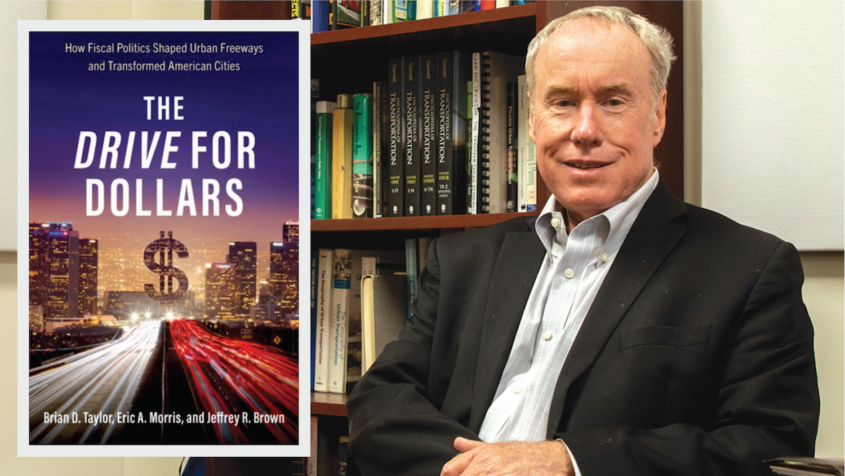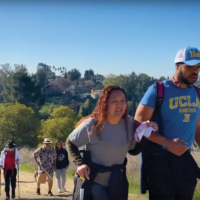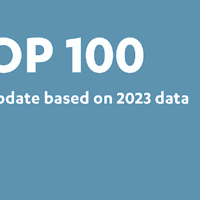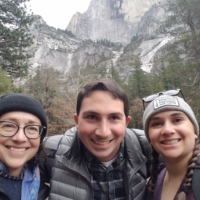On the Fiscal Politics Behind American’s Vast System of Freeways
A new book co-authored by Brian Taylor, professor of urban planning and public policy, tells the largely misunderstood story of how freeways became the centerpiece of U.S. urban transportation systems, and the crucial, though usually overlooked, role of fiscal politics in bringing this revolutionary type of road system about. “The Drive for Dollars: How Fiscal Politics Shaped Urban Freeways and Transformed American Cities,” published by Oxford University Press, argues that the way we raise and spend transportation revenue has shaped our transportation system and the lives of those who use it, from the era before the automobile to the present day. “Our approach is to ‘follow the money,’” wrote Taylor and co-authors Eric A. Morris of Clemson University and Jeffrey R. Brown of Florida State University. “Our fundamental argument is that freeways in general, interstate freeways in particular, and urban freeways most of all were importantly shaped by money — the constraints caused by the lack of it, the means of raising it, the politics of dividing it, the policies for spending it and the incentives promoted by it.” “The Drive for Dollars” also offers guidance for the present and future on how to fund and plan transportation more equitably, provide travelers with better mobility, and increase environmental sustainability and urban livability. The book is dedicated to the late Martin Wachs, the UCLA and UC Berkeley transportation scholar known for his passion for planning history and transportation finance as well as his commitment to teaching.









I was one of the original project managers for the Hyperloop TT project, I can attest that this box premise is true. Hyperloop TT Finance, an innovative and breakthrough technology application, which was thought up and excepted first before the dollars for such a project or readily apparent. Further, Hyperloop TT Finance, a disruptive technology application, which is in contrast to the premise of this book in which it was corporations that manufactured tires and oil that ripped up the original mass transportation system of Los Angeles, which worked just fine (I.E. Black Ball Line light rail).